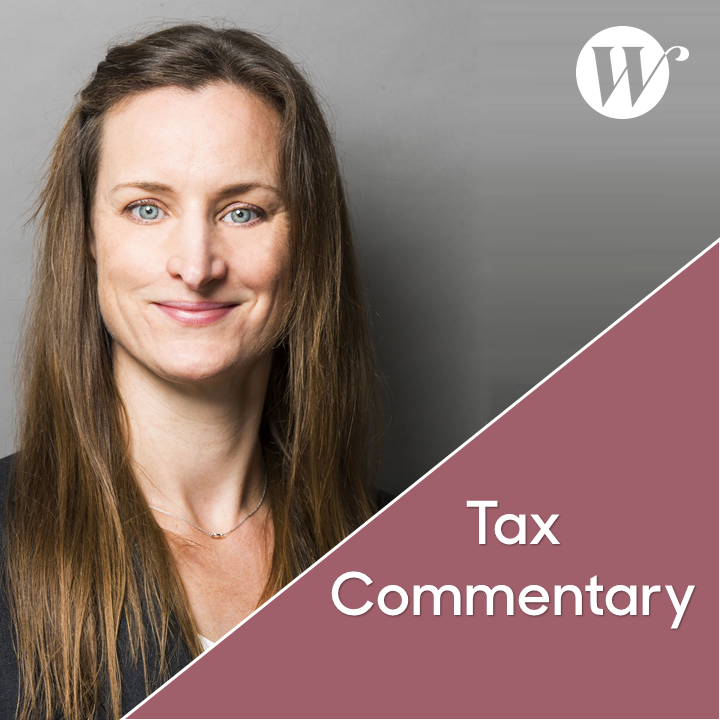This website uses cookies so that we can provide you with the best user experience possible. Cookie information is stored in your browser and performs functions such as recognising you when you return to our website and helping our team to understand which sections of the website you find most interesting and useful.
Monday 3 February 2020
Reform of inheritance tax: an update
Commentary by Emily Campbell
Last summer, I wrote a series of articles about the Office of Tax Simplification’s Inheritance Tax review, second report. There has now been a further development, in the form of the report of All-Party Parliamentary Group on Inheritance & Intergenerational Fairness (APPG), published in January 2020, entitled “Reform of inheritance tax”. The APPG was established in February 2019 and its stated purpose is “to examine the impact the current system of inheritance tax is having on members of the public and identify areas of reform and improvement as well as keep under review the issue of intergenerational fairness and bring forward potential solutions to help solve it”. It is one of the organisations which participated in the OTS’s consultation, providing a short paper in May 2019.
The APPG’s new report takes the radical step of recommending the replacement of the current inheritance tax regime with a flat-rate gift tax payable both on lifetime and death transfers. The APPG is currently working on a more comprehensive paper, which it will submit to the Government in October 2019.
In the report, a low flat-rate rate is recommended. A rate between 10% and 20% is tentatively suggested, with 10% on taxable lifetime gifts. It is said that the “key principle is that it should be low enough for the tax to be broadly based without the need for complex reliefs”. The hope is expressed that a flat-rate gift tax with fewer reliefs would be simpler, more broadly based, lead to less avoidance and ensure the UK’s competitiveness in attracting wealthy people to live (and die) in the UK. Only the spouse and charity exemptions would remain, and the CGT uplift on death would be abolished. Agricultural and business property reliefs (other than the instalment option) would be abolished. A death allowance similar to the nil rate band would be preserved, and an annual lifetime gift allowance of £30,000 is suggested, wholly replacing the regime of potentially exempt transfers. The report also recommends that HMRC and HMT are given greater powers to collect more meaningful data through compulsory electronic reporting of lifetime gifts over the current annual exemption of £3,000, even if they are not immediately taxed.
The proposed regime for trusts is summarised as follows:-
“Trusts taxed in the same way as gifts to individuals and no nil rate band. Closure of loopholes that move property between beneficiaries in a trust. Annual fixed rate tax on trusts with discretionary beneficiaries and when property comes out of the trust.”
As to the reservation of benefit rules, the following is recommended:-
“Abolished as all lifetime gifts taxed anyway. Someone who gives away the home can still live in the property although on a later sale by the done the home would not be eligible for main residence on that post-gift period of occupation”.
It may be wondered whether the system envisaged is fairer than the current one. Incentivising business, for example, is often seen as economically desirable and fair given the risks that those engaged in business activity undertake. Also, could this mean the death of the family farm? The proposed system may be simpler, but one also wonders whether the objective of reducing avoidance would be achieved. For example, insofar as a higher rate of tax at death seems to be possibly envisaged for larger estates, it is naïve to suppose that lifetime planning may in the future be stripped of a tax avoidance objective. Further, the restriction of a substantial “nil rate band” to death may actively disincentivise lifetime giving especially for smaller estates, which may be undesirable in terms of intergenerational fairness.
To download this commentary as a pdf, please click here.
To read our previous Tax Commentary written by Emily, please click here.
For more information on our Tax practice, please click here.

